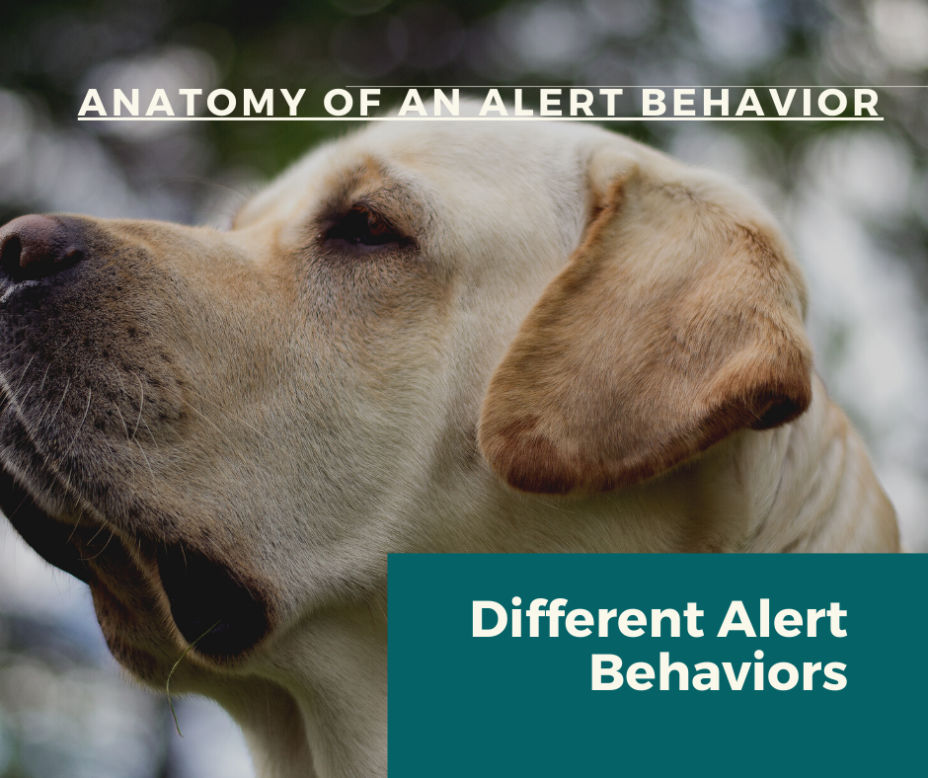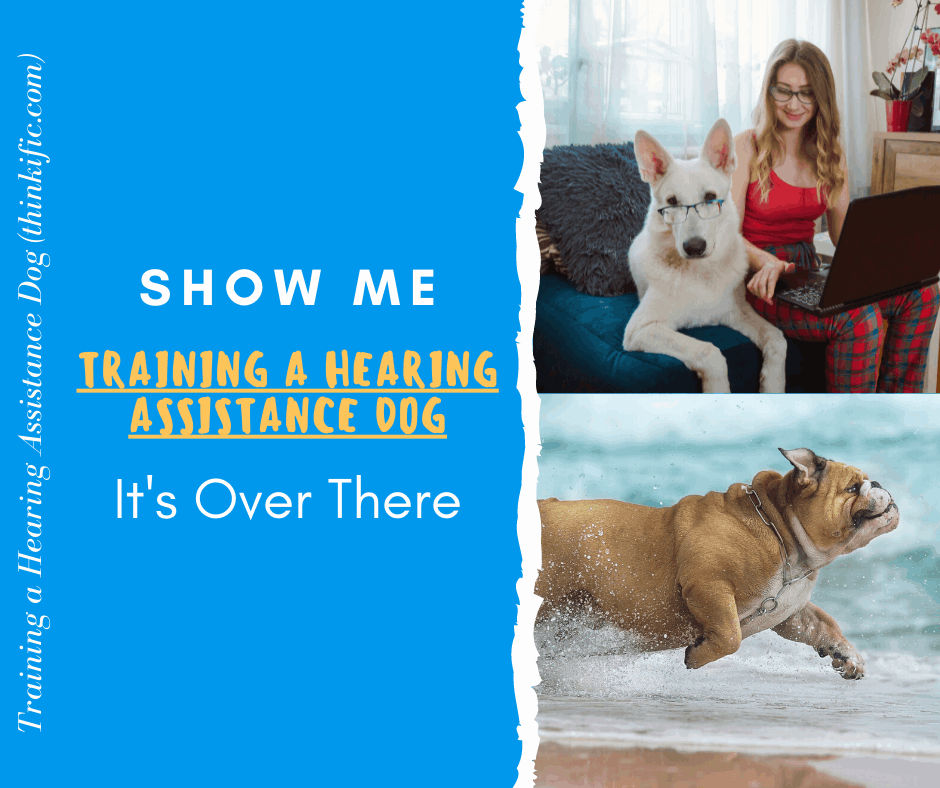
Training the Hearing Assistance Dog
Hearing dogs are trained to support the needs of severely hearing-impaired people. They serve as their handlers ears and provide the added benefit of companionship. Hearing dogs are trained to alert their owners to common sounds like doorbells, oven timers, smoke alarms, telephones, babies’ cries, the handlers name being spoken or alarm clocks. Hearing dogs make physical contact with their masters, nudging or pawing them to get their attention and are trained to lead their handlers toward the source of a sound if necessary.



